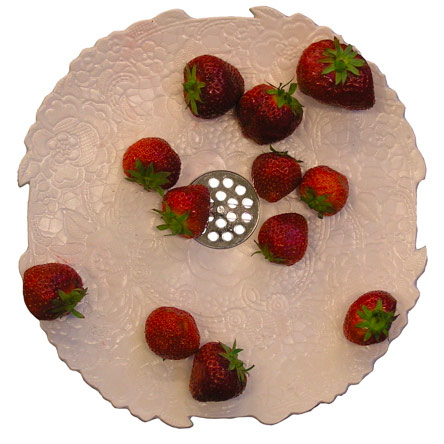
Ornamented Life by Joana Meroz
Ornamented Life is a collection by designer Joana Meroz that applies unusual forms of decoration to everyday objects.
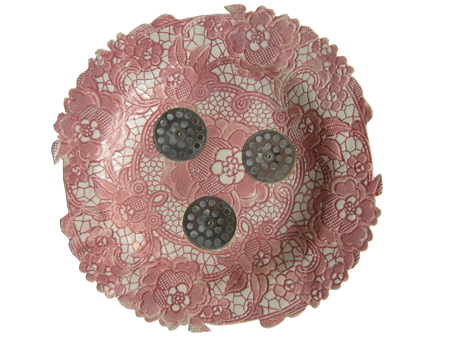
The collection includes Crackery-Crockery (below) and Lace-Plates with Drains (above).
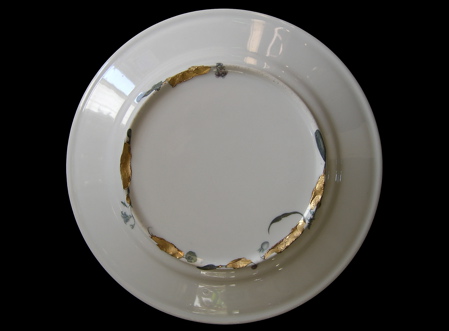
The former involves reconditioning damaged crockery by painting the chips and cracks in gold, while the latter consist of delicate porcelain plates fitted with drains.
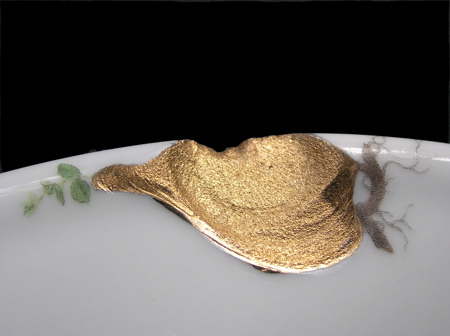
Meroz’s explanation follows:
--
The Ornamented Life
The Ornamented Life collection explores the power of combining ornamentation with starkly functional, daily-life objects. Ornamentation has the function to enter into people’s lives through the door of enjoyment and subliminally transmit information through the myriad of symbolism involved in an object.
The thoughtfully designed functional objects ask to be handled in a specific way, determining (to a certain extent) how people, quite literally and physically, tackle the important themes ever-present in the small actions.
Thus, functional objects can encourage the materialisation of abstract ideas, either by simply reflecting the values of our society, or by introducing these reflections to the user so that he too can become more aware of the multitude of small and big decisions involved when performing even the most banal of actions.
Crackery-Crockery
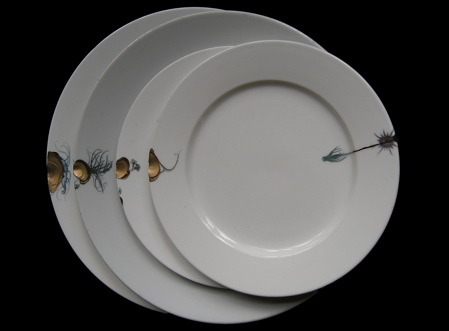
Instead of throwing away a plate just because it chipped, Crackery-Crockery proposes to accentuate that moment in time by filling it with gold-luster.
The meaningfulness of the golden crack is further accentuated by it becoming a golden stem connecting a flower to its roots – evoking continuity and development, instead of perfection and end-results.
Lace-Plates with Drains
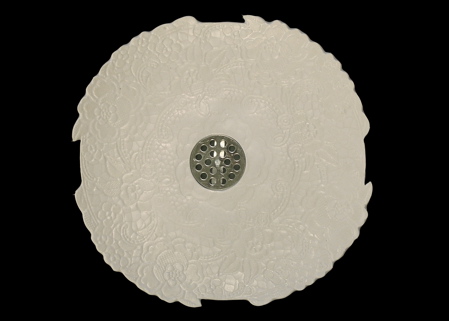
This project combines in one plate the symbolic, decorative, and functional relationships between lace, drains, and plates. With the help of a rubber-plug closing off the drains, these plates become perfectly functional objects fit to eat from.
But they still challenge the user to enjoy the present meal while right in the middle of it there is a constant reminder of the inevitable course of the future. The result is an object which questions our relationship to consumption and to waste.